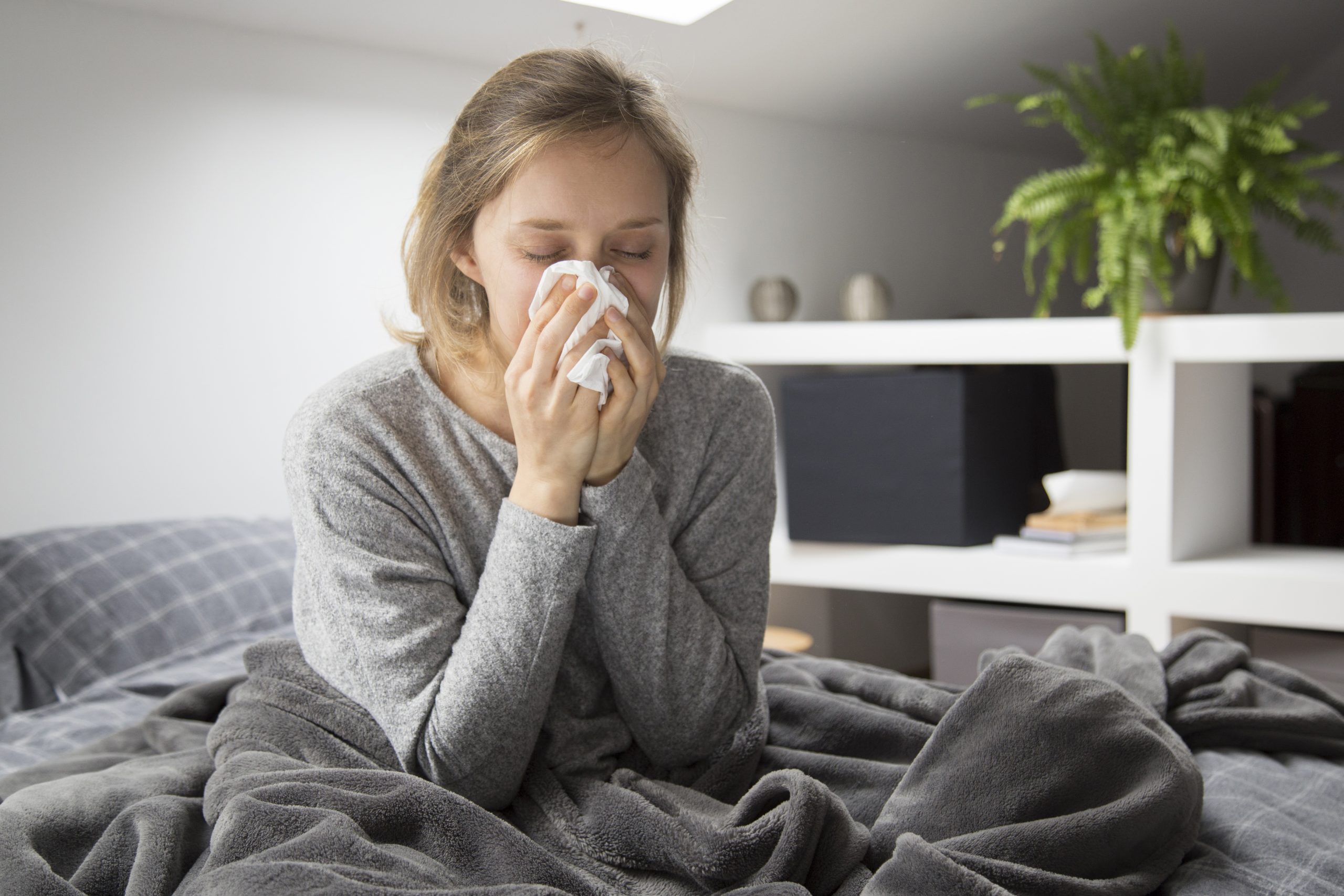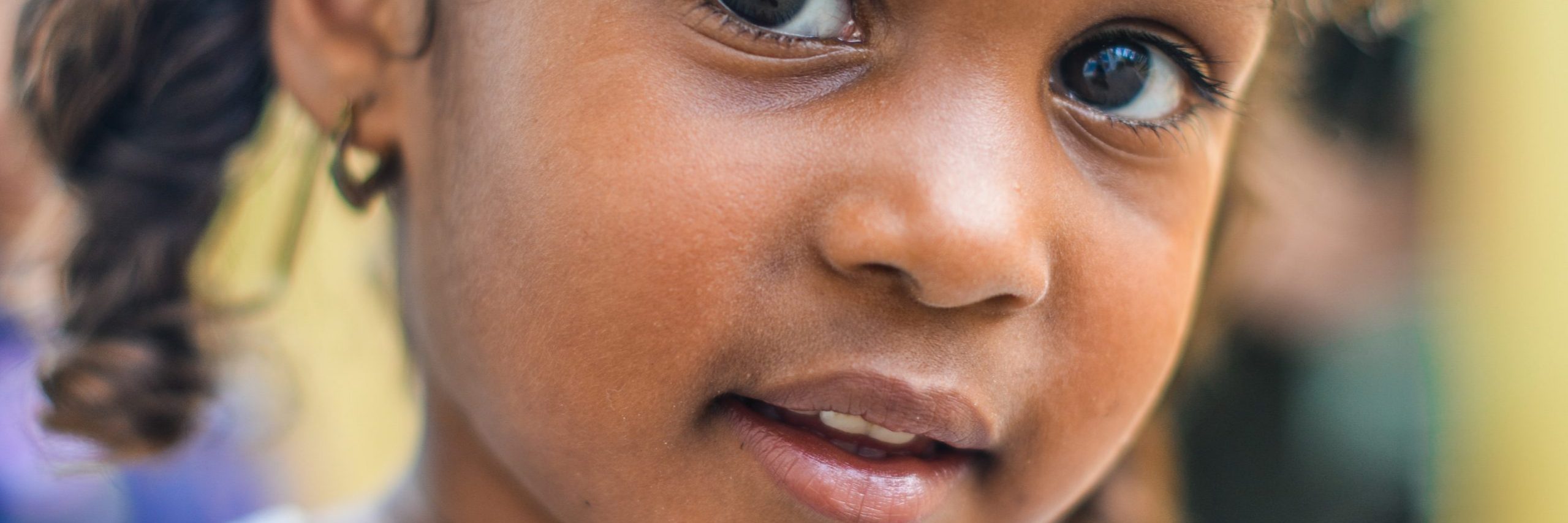“Taken together, these data show that the nasal epithelium of children supports lower infection and replication of ancestral SARS-CoV-2, although this may be changing as the virus evolves,” said UQ researchers.
According to researchers at the University of Queensland, children are better equipped to ward off COVID-19 because of their nose.
It was found that the lining of a child’s nose has much better capabilities of inhibiting SARS-CoV-2 infections compared to adult noses.
Dr Kirsty Short from UQ’s School of Chemistry and Molecular Biosciences says that research shows the lining in a child’s nose has a more pro-inflammatory response and could give reason to why children-in general- are far less affected.
To come to this conclusion, scientists exposed 23 healthy children and 15 healthy adults to SARS-CoV-2-or commonly known as COVID-19.
From this they discovered that nasal lining cells of children had a “heightened antiviral response” as well as the ability to slow down the virus replication process with Dr Short hypothesizing some reasons as to why this happens.
“It could be an adaptation to the increased threats of ‘foreign invaders’ such as viruses or bacteria observed in childhood,” she said.
“It’s also possible that increased exposure to these threats in childhood ‘trains’ the nasal lining in children to mount a stronger pro-inflammatory response.
“Or alternatively, metabolic differences between children and adults could alter how virus-fighting genes express themselves.”

The UQ research team found that children were better protected against the Delta variant than they were the Omicron.
“Taken together, it shows children’s nasal lining supports lower infection and replication of ancestral SARS-CoV-2, but this may be changing as the virus evolves,” Dr Short said.
“Future clinical studies will be needed to validate these preliminary findings in a larger population and to determine the role of other factors, such as antibodies in protecting children from SARS-CoV-2 infection.”
Australia has seen 9.64 million cases since the beginning of the pandemic in 2020 with only 4.5 per cent of this number attributed to children aged five to 17.
The government says that children are likely to only experience mild symptoms, however 23 people between the age of zero and 19 have died from the disease in Australia since 2020.





